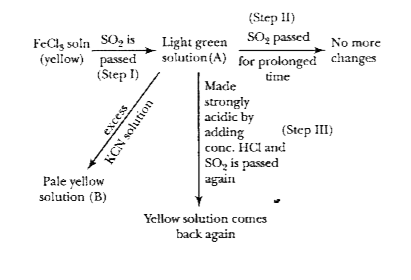Two lines not lying in the same plane are called (A) parallel (B) coincident (C) interesecting (D) skew
Step by step video & image solution for Two lines not lying in the same plane are called (A) parallel (B) coincident (C) interesecting (D) skew by Maths experts to help you in doubts & scoring excellent marks in Class 12 exams.
Updated on:21/07/2023Similar Questions
The pair 2x=3y−5 and 2y=5x−4 of linear equations represents two lines which are (a) Parallel (b) coincident (c) intersecting (d) either parallel or coincident
View SolutionParallel lines two lines l and m in the same plane are said to be parallel lines if they do not intersect when produced indefinitely in either direction and we write l∣∣ m which is read as l is parallel to m.
View SolutionIf two lines do not meet even when produced, they are called parallel lines.
View SolutionIf a pair of linear equations in two variables is consistent, then the lines represented by two equations are (a) intersecting (b) parallel (c) always coincident (d) intersecting or coincident
View SolutionLines are either intersecting or parallel or coincident
View Solution
The number of atoms lying in the same plane for the anionic part of compound B are
View SolutionTwo lines parallel to the same line are ___ to each other .
View Solutionif a pair of linear equations is consistent, then the lines represented by them are
a) parallel
b) intersecting or coincident
c) always coincident
d) always intersecting
View SolutionParallel rays two rays are parallel if the corresponding lines determined by them are parallel. In other words two rays in the same plane are parallel if they do not intersect each other even if extended indefinitely beyond their initial points.
View SolutionThe lines 6x=3y=2zandx−1−2=y−2−4=z−3−6 re (A) parallel (B) skew (C) intersecting (D) coincident
View Solution
